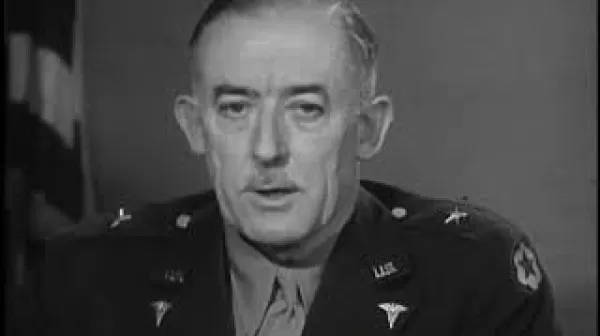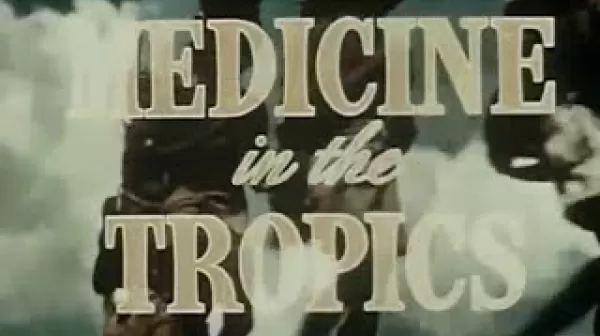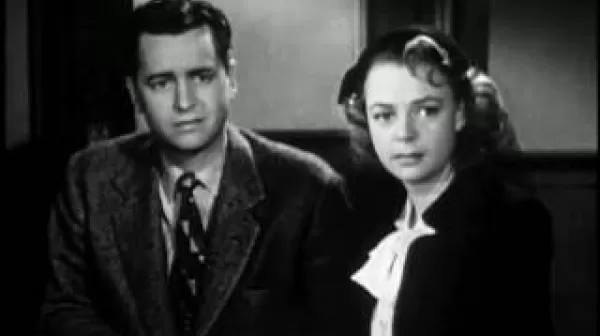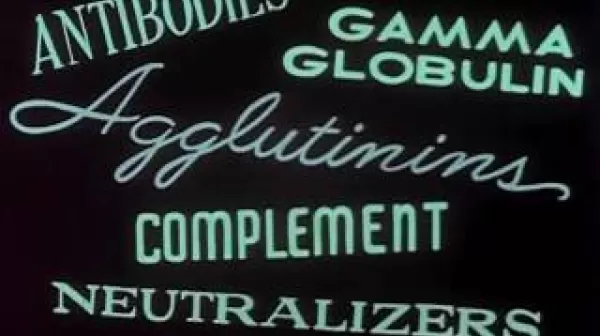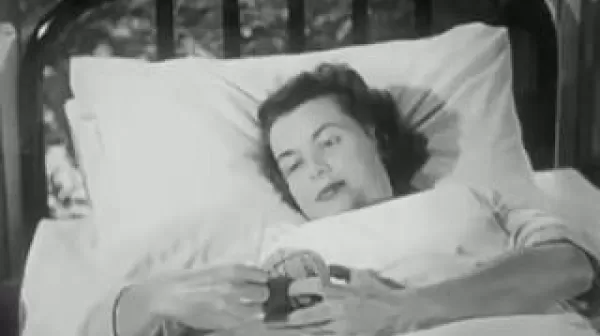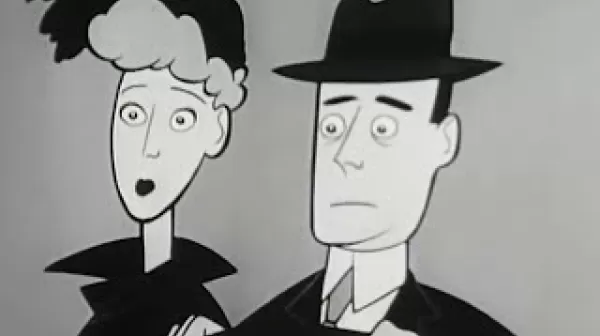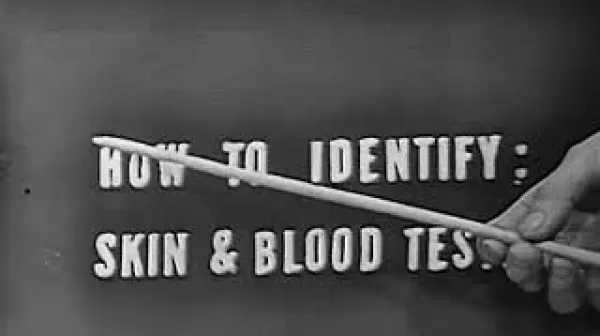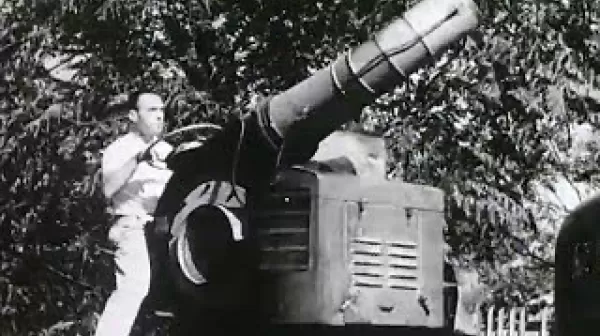Unsuspected (National Tuberculosis Association/Trident Films, c1951)
After almost hitting Johnny Walsh with her automobile, public health nurse Linda Thorpe is introduced to the child by a local storekeeper. Linda recognizes Johnny as a newcomer to the area and, after hearing that his mother is pregnant, takes the opportunity to meet the family. During the visit, Linda persuades Johnny's mother, Mary, to see a physician for a prenatal check-up, during which a chest x-ray reveals she has an "unsuspected" case of tuberculosis.


